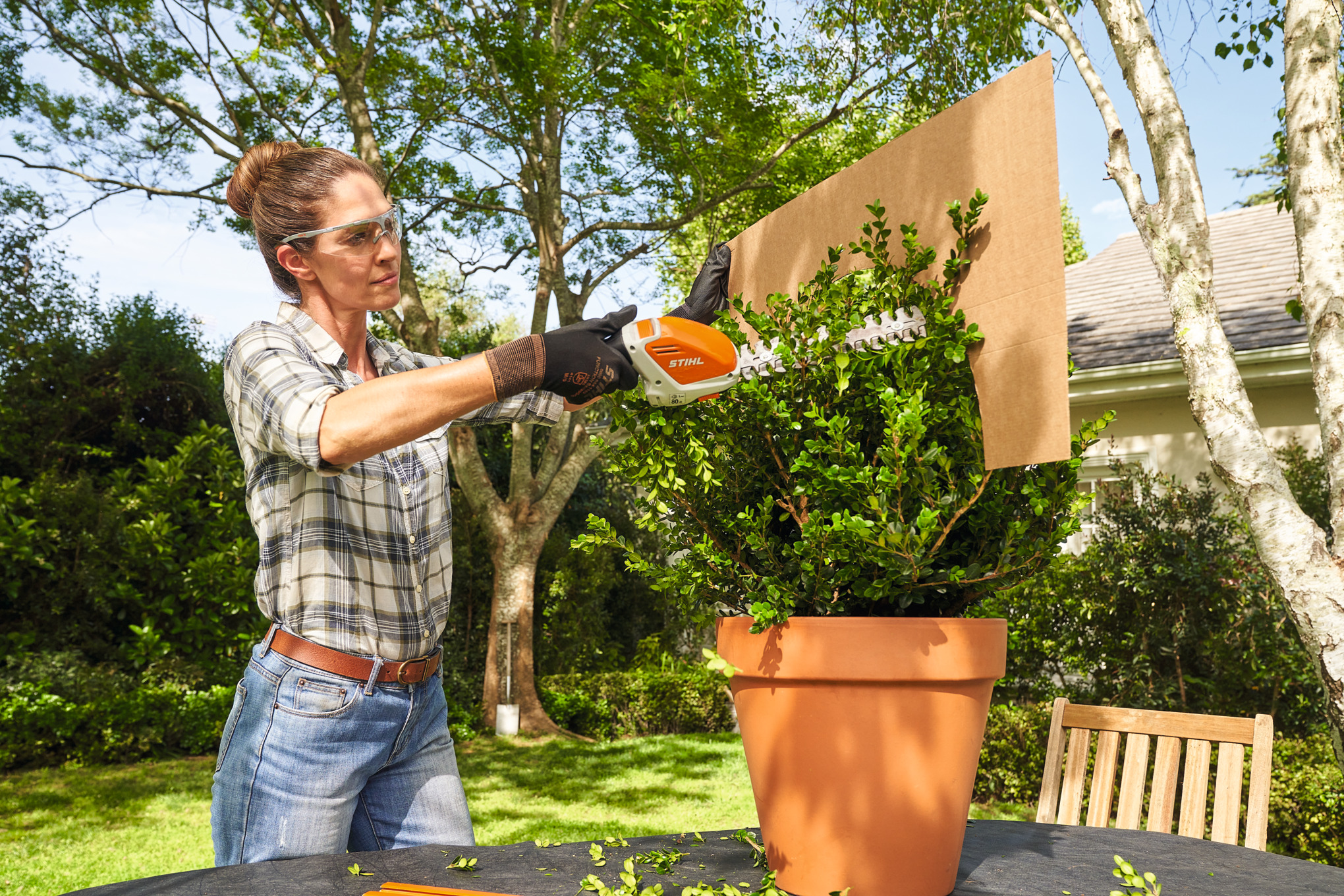When can you trim cherry laurel hedge?
Section 39(5) of the Federal Nature Conservation Act sets out the times of year when trimming hedges is permitted. Severe pruning is permitted from 1 October to the end of February. Dramatic cherry laurel pruning is prohibited during the warm season from 1 March to the end of September. Only light pruning of new shoots is permitted during this period, and only if no birds are nesting in the hedge.









